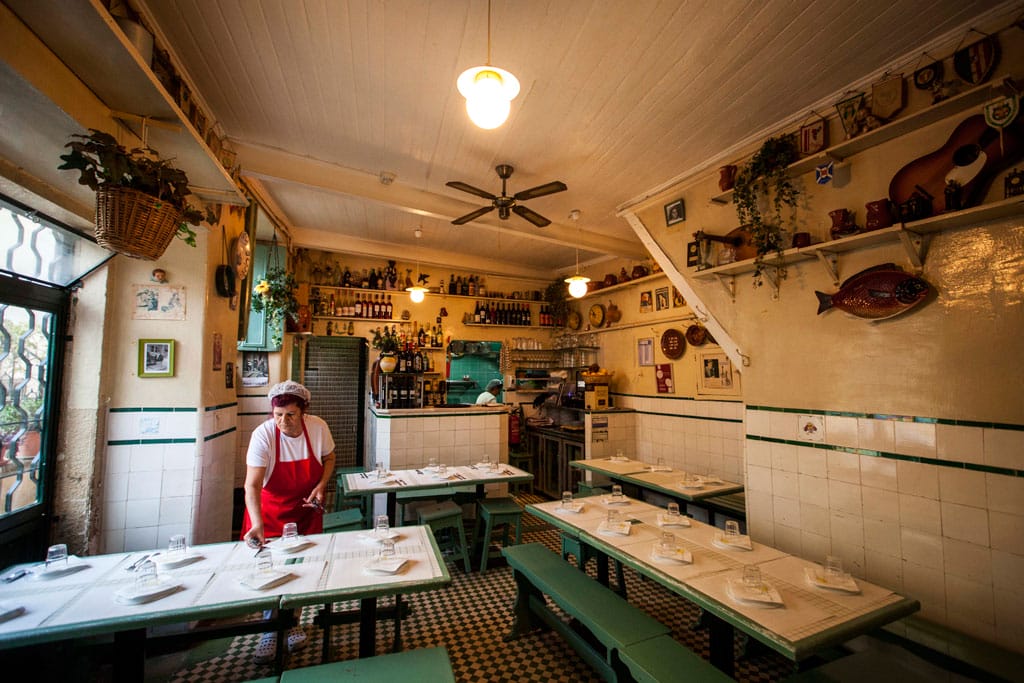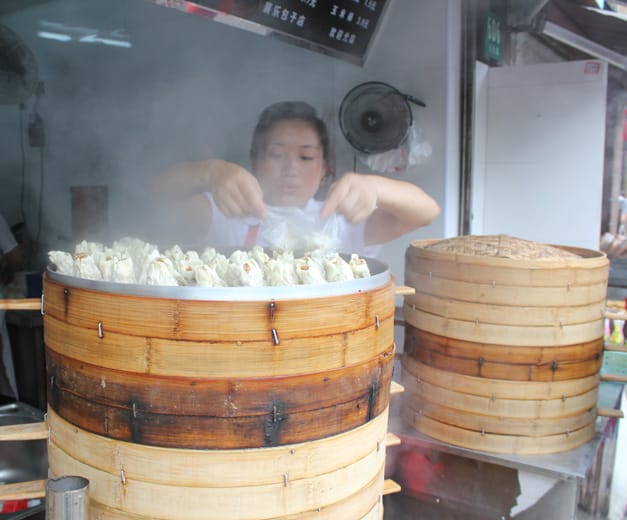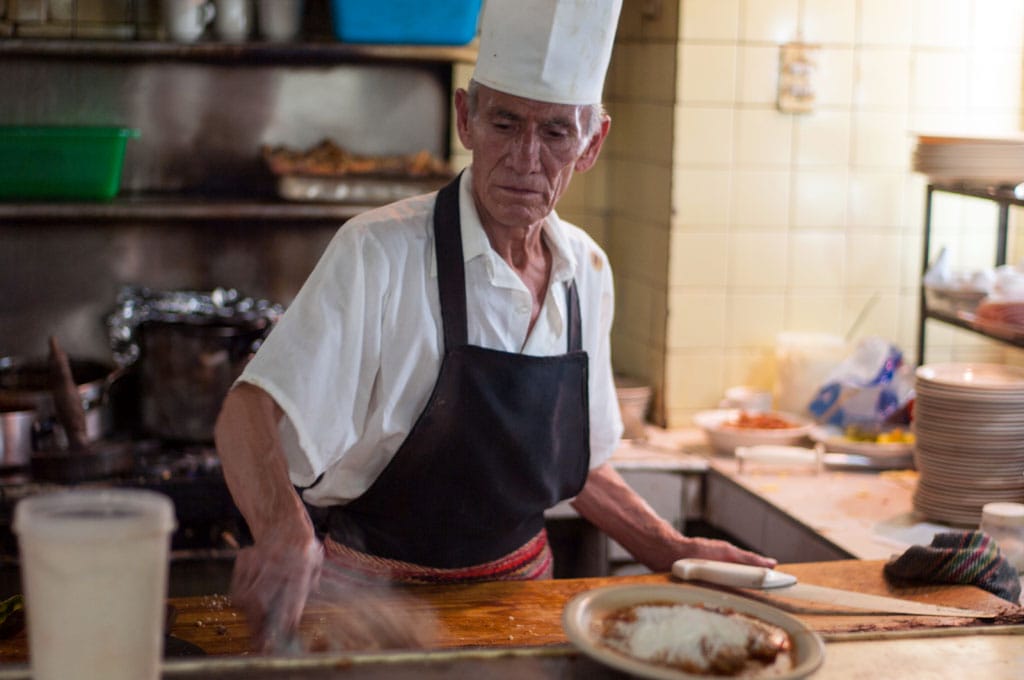There is a Portuguese word famous for allegedly being untranslatable in any language. That word is saudade, an emotional state caused by missing someone or desiring something that does not exist anymore.
For years, children have been told that only lusophones were able to feel saudade, since others cannot express that feeling. It’s a compelling story, but, unfortunately, it’s also far from true: saudade means virtually the same thing as añorar or echar de menos in Spanish, nostalgic longing in English, or sehnsucht in German.
If one is looking for a truly untranslatable word in Portuguese, he or she should look no further than right around the corner, to that cheap no-frills restaurant serving large portions of traditional food piled onto large aluminum platters. And if not on that corner, surely on the next. That would be a tasca, a type of restaurant that only exists in Portugal. It’s not a Spanish bodega, nor an Italian osteria – most tascas started out serving only house wine, brandy and a few snacks behind the counter, but have since evolved into full-fledged eateries while managing to preserve their authenticity in several ways.
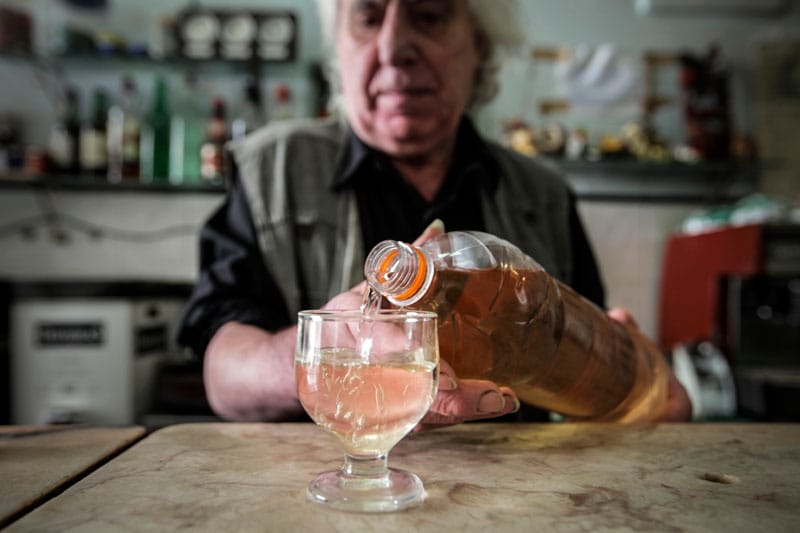
For starters, the starters. In a good tasca, once a client sits he will be presented with bread, olives and, with some luck, a regional cheese. Most of the time, the paper tablecloths play a double role: they are not only used to cover the original linen tablecloths, but also to write the daily menu, which is also often affixed on the tiled walls or even the windows, to attract passersby. This daily menu is a crucial piece of the whole tasca experience: each tasca offers specific dishes on each day of the week, particularly at lunch.
Tradition dictates that in nearly all tascas bacalhau (salted cod) is served on Mondays, because there is no fresh fish available at the markets. Cozido (Portuguese boiled dinner) takes some time to prepare so it usually comes on Wednesdays or Thursdays. On Fridays, it’s not hard to find a good feijoada (bean and meat stew) – why? Because it’s a hearty, substantial meal, thus making it hard to work productively after devouring it. But right before the weekend nobody is that productive anyway.
Truth is, eating in a good tasca can feel a bit like eating in someone’s home.
Most lisboetas have their favorite tasca and know its menu by heart. Others have favorite dishes at each one and opt to chase them around town. All approaches are valid. Truth is, eating in a good tasca can feel a bit like eating in someone’s home. The food tastes homemade, grandmother-ish, and it’s very easy to establish a special connection with the waiters and owners. After a visit or two, they might address the customer by name, recommend a dish, tell a joke or strike up a conversation.
Also, it should be noted that, in Lisbon, a great number of tascas are owned and run by families from different regions of Portugal, mainly from the north, and they aren’t afraid of bringing their own local recipes to the menus. That’s why typical tasca dishes might reference Portuguese regions, like à minhota (Minho-style) or à transmontana (Trás-os-Montes style). Eating at tascas is way cheaper than going on a tour around the country: one can eat big and drink bigger in most tascas for less than €10. Yes, €10. No translation needed.
Editor’s note: This piece launches our new regular feature, Tasca Tables, which covers Lisbon’s tasca scene. Tiago Pais is the author of “The 50 Best Tascas of Lisbon.”
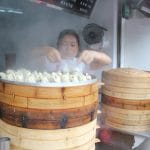 January 13, 2014 Step Away from the Buffet
January 13, 2014 Step Away from the Buffet
Editor's note: It's Breakfast Week here at CB, and to kick off the series, we first head […] Posted in Shanghai January 7, 2014 Ask CB
January 7, 2014 Ask CB
Dear Culinary Backstreets,
I just moved to Shanghai, and while I’m looking forward to […] Posted in Shanghai November 26, 2015 La Casa del Pavo
November 26, 2015 La Casa del Pavo
The bird that holds pride of place at the Thanksgiving table has just as important a […] Posted in Mexico City
Published on September 27, 2016
Related stories
January 13, 2014
ShanghaiEditor's note: It's Breakfast Week here at CB, and to kick off the series, we first head to a street corner in the heart of Shanghai that offers a remarkable variety of breakfast foods. Stay tuned all this week for more morning dispatches from other CB cities. We’re all guilty of indulging in the complimentary…
January 7, 2014
ShanghaiDear Culinary Backstreets, I just moved to Shanghai, and while I’m looking forward to investigating all the street food options, I’d love to be able to make dinner at home too and would like to get into Chinese cooking. Where’s the best place to stock up my new kitchen? Amateurs and professionals alike can be…
November 26, 2015
Mexico CityThe bird that holds pride of place at the Thanksgiving table has just as important a role south of the border. Turkey has actually been a fundamental part of Mexican cooking for centuries: The Aztecs had domesticated the fowl before they had even laid eyes on a chicken. And while chicken has since overtaken turkey…







































